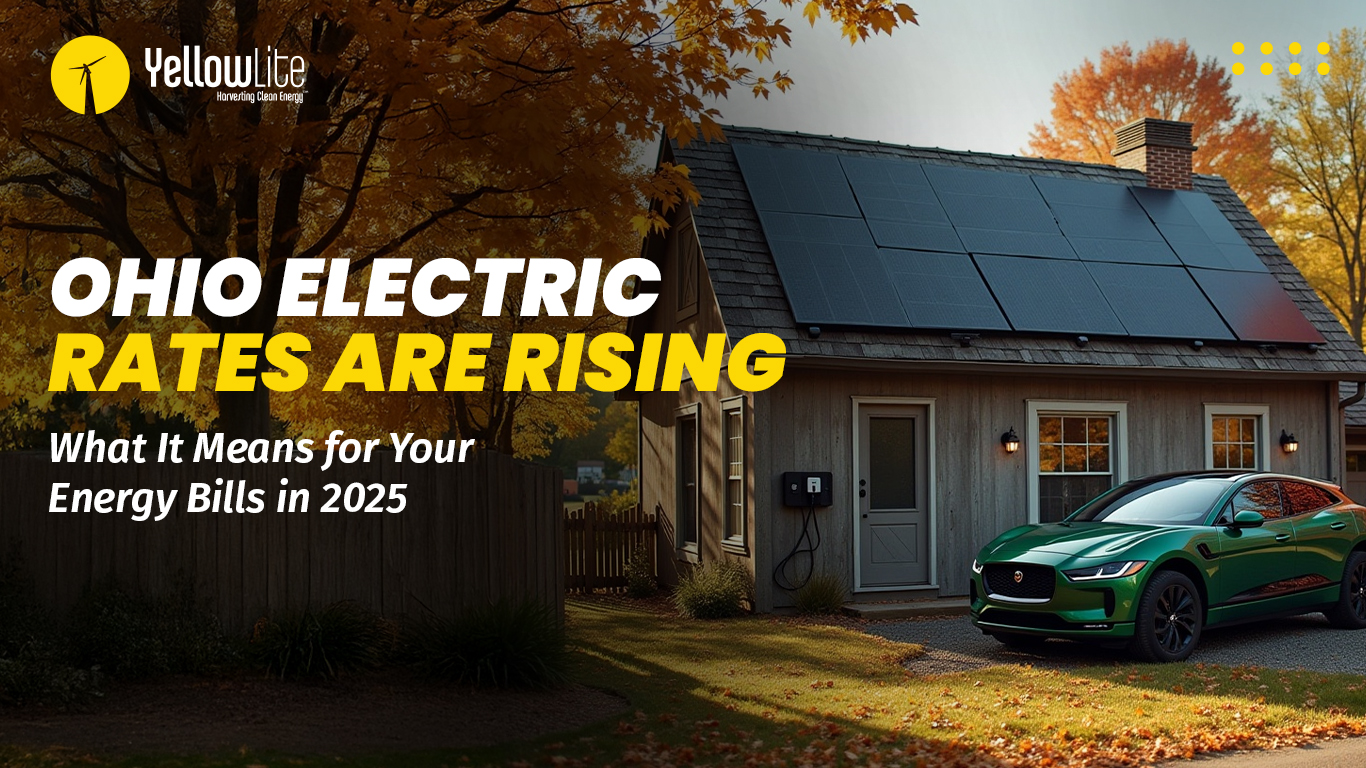Health Risks in Nonrenewable Energy Sources & Where Ohio Stands
When we think of climate change, much of the topic relates to geographic changes and the climate’s dramatic fluctuations. However, what it has to do with human health is never discussed. For decades, the global community has been identifying the contributing factors and trying to remedy the effects. The industrial developments that have made so many aspects of everyday life more convenient, have also been sickening our world to the core.
As the world continues to suffer increasingly with serious consequences, the most effective solution becomes apparent: these threats must be stopped at their source. The rate of global degradation suggests that the best course of action is proactive prevention. Nonrenewable energy sources such as coal, oil, and natural gas pollute the environment and cause various dangers for human health.
Air Pollution
This is one of the most easily observed effects of traditional energy sources. For each power plant used to produce coal and natural gas, an abundance of CO2 and other toxic gases are released into the air. The smog produced directly affects the surrounding populations by threatening damage to internal organs.
Habitat Destruction
Fuel sourcing for power plants involves land destruction for drilling and mining. This process destroys habitats through deforestation, contamination, and resource depletion. The strain on the sourcing sites expands to the surrounding areas, which threatens local populations.
Water Contamination
Nonrenewable energy production releases waste into bodies of water through direct contact, run-off, and polluted rain (after air pollution). This reduces the accessibility of clean water and even shortens food supplies when wildlife absorbs the toxic substances.
Renewable Energy Sources Are The Only Way Out
Clean energy sources eliminate threats posed by nonrenewable energy sources. Natural sunlight is a limitless resource with no danger of contamination to our environment. Solar power does not contribute to climate change because it does not release greenhouse gases. Larger ecosystems are not disrupted, food supplies remain uncorrupted, and localized areas experience very little impact. By harnessing clean energy like this, nearby human populations and wildlife alike won’t suffer from health risks or environmental damage.
Energy Consumption in Ohio & How Does it Hold Up?
Ohio’s largest energy source is coal, deriving 47% of the entire state’s electricity from it. Including other sources like natural gas and nuclear power, 97% of our state’s electricity comes from nonrenewable. This leaves only 3% of Ohio’s electricity to be sourced from renewables; that’s a collective contribution from solar, wind, hydropower, and biomass.
Ohio currently generates a small percentage of its total energy production from clean, renewable sources. Renewable energy comes from resources that can be replenished. Such sources include biomass, hydropower, geothermal, solar, and wind energy. Unlike fossil fuels or nuclear energy, each of these energy sources is either unlimited or abundant enough that it can be replenished as it is depleted. The most practical methods for a rapidly transitioning society are those which can be quickly established. Solar power is a prime example.
Transition to Solar Energy
The opportunity for solar energy exists almost anywhere; it’s adaptable, accessible, and limitless. Unlike traditional power plants, solar panel systems can range from personal installations that give the consumer independence, to large generator sites that can power communities. Structured businesses and personal residences benefit from rooftop designs or ground-mounted systems. These systems have the potential to provide complete independence for their owners; with independent sourcing, owners can monitor their usage more closely. While any renewable energy source will benefit our environment, solar is an exceedingly dependable and advantageous option for those who are ready to make the switch.



